DIY Dog Enrichment Ideas
As an Amazon Associate, I earn from qualifying purchases. We may receive a commission for purchases made through these links. This site also contains affiliate links to products besides Amazon, like Etsy. We may receive a commission for purchases made through those links too (at no additional cost to you).
Creating Homemade Pet Enrichment for Free
Pet enrichment is meant to improve the quality of life for our pets by giving them new opportunities to exercise their minds and bodies. Often, we would like to give them new enrichment opportunities, but it can be expensive. Here are some great free DIY dog enrichment ideas so you can save money while still providing fun experiences for them. There will be directions on how to make the items and different safety concerns to be aware of. Creating homemade enrichment will help you decide what type of items to invest money in, so you don’t have to risk spending money on a toy that they won’t play with.
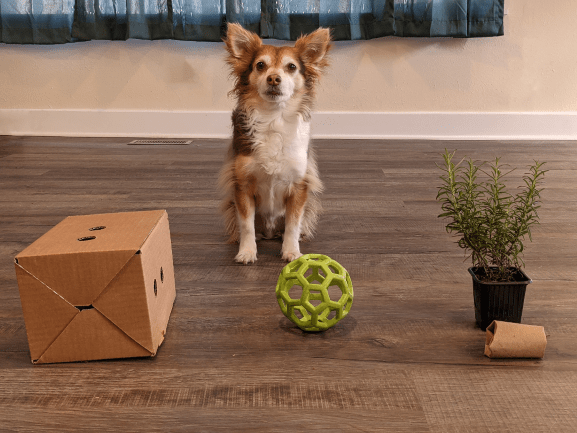
Materials
Look around your house and take inventory of what you have. If you order items online, save the packing paper and boxes. You can make plenty of enrichment items by using the Reuse part of ‘Reduce, Reuse, Recycle). Old or extra fabric, paper bags, boxes, packing paper, plastic bottles, and old Tupperware or muffin tins all are great items to repurpose into a variety of new enrichment. You can also incorporate some of the toys you already own into your creations. The most important part of selecting materials is to make sure that they will be safe for your dog or cat.
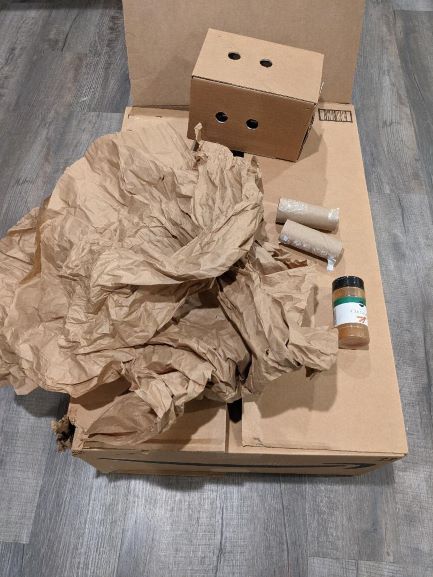
When you up-cycle any boxes or bags in your home, make sure to remove any tape or stickers that they may have. This is similar to what you should do before recycling them. You will also want to avoid using any items that have glue residue on them. This is to limit the chance of ingestion of potentially dangerous or toxic items. It is typically considered safe if small amounts of cardboard or plain paper are accidentally ingested as long as your pet doesn’t have digestive issues. You will want to make sure your pet does not accidentally consume large amounts of it since it is not a food item. Please consult with your veterinarian to discuss any questions or concerns you may have.
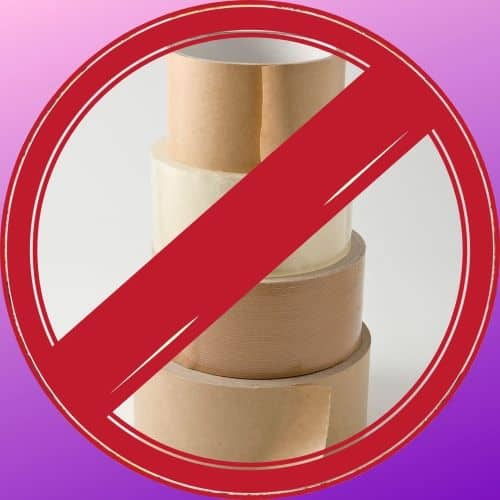
When working with fabrics, look closely for any dangling strings. You will want to remove these to ensure that your pet does not get tangled in it or decides to ingest it. Ingestion of string could create life threatening issues if it gets tangled in the digestive system. You will also want to continue to check the fabrics regularly for continued safety.
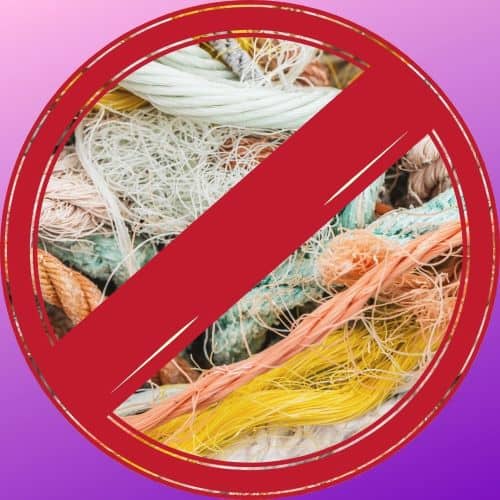
For scent enrichment, look at your fresh herbs, spice racks, or perfumes/colognes. Make sure the herbs you use are not toxic to your pet and use the perfumes sparingly. If you receive magazine subscriptions, save the perfume samples (you can also see about donating them to your local zoo so they can use them for enrichment). Remember that most animals have a stronger sense of smell than us. This means that a small amount of scent will go a long way. If you use too much, you can irritate their nasal passages.
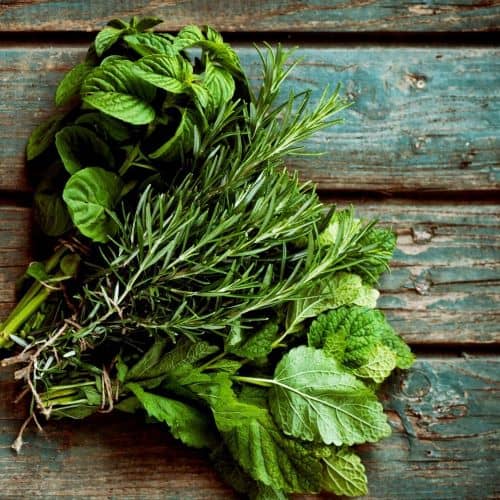
DIY Dog Enrichment Toys
The enrichment you make can be as simple or as complicated as you would like to make it. From putting scents on a box or crumbled pieces of paper to creating toy towers and interactive food puzzles, you can let your creativity go wild.
DIY Puzzle feeder
Take an old muffin tin and hide treats in it. Cover the holes with tennis balls and let your pet remove the balls to find the treats.
Find a box and cut out holes big enough to allow a treat to fall out of it. Put the treats in and secure the box shut. Your pet will have to knock the box around in order to get the treats. You can make this puzzle feeder easier or more difficult depending on the size of the holes that you make.
If you own a holey ball, you can hide treats in crumbled paper and stuff the paper in the holey ball. Your pet will have to pull the paper out of the ball in order to get to the treats. You can also just stuff the paper inside an open-ended box.
If you have leftover packing paper, you can braid treats inside of it and then give it to your pet. They will get some energy out as they tear through the paper to get to the treats.
Auditory Enrichment
Place an empty plastic bottle inside of an old sock and tie the sock off. Just make sure to do frequent safety checks to check for sharp edges on the bottle or loose strings from the sock that would need to be removed.
With boxes, you can turn them into noise making toys by putting some balls or rocks that will make noise when they get shook.
Olfactory Enrichment
Rub, spray, or place the non-toxic scents on items around your house or outside. Boxes, paper, and cardboard tubes are all great items to use for scent enrichment. Remember you can utilize herbs, spices, perfumes or even hunting lures. Just make sure to watch for ingestion of any non-food items.
Tactile Enrichment
If your dog loves to play tug, braid old fabric together to make new toys. Again, just keep an eye out for any dangling strings so you can remove them right away.
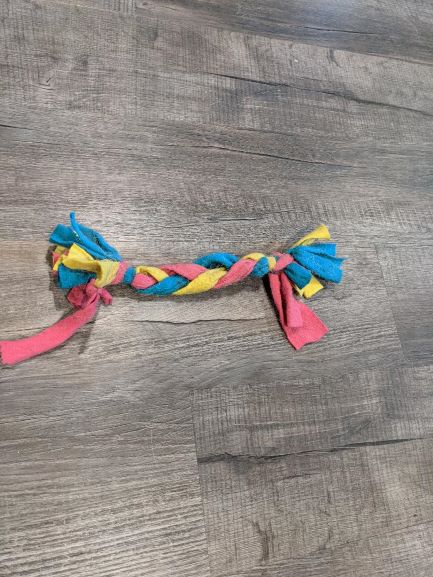
Take boxed, cardboard tubes, or paper bags and hide their favorite toys or treats in them. Let them have fun tearing them apart to get to the surprise inside. You might not even need to put anything inside of them if you have a pet that just loves tearing things apart. You can also drape streams of paper or hang the paper bags on door handles or on branches outside and have your pup tear them down.
If you find that your pet loves one of these homemade enrichment items, it may be time to go shopping! You can find toys that make similar sounds to crinkly paper, plastic bottles, and all types of food puzzles in stores or online. This way you will have a better idea of what toys to invest in that your dog or cat will actually play with.
Go Big!
Feel free to go big with enrichment. You can even create box forts or mazes and hide surprises inside. You can combine any and all of these ideas or even come up with new ones.
Safety and Behavioral Warnings
As always, please ask your vet if you have any questions or concerns about your dog or cat. This includes making sure that all the herbs and spices you choose are safe and that they will not interact with any medications they may be getting. Call your vet if your pets’ behavior, appetite, or bowel movements change suddenly.
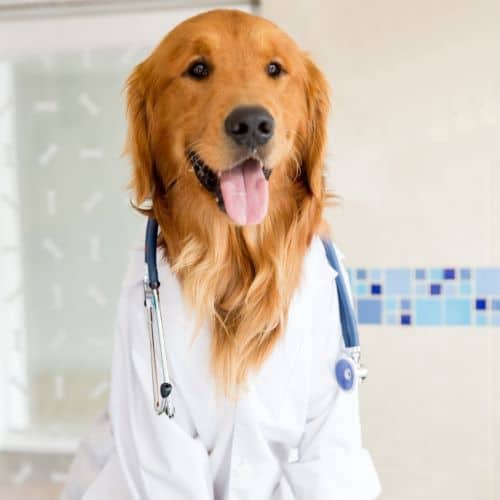
If you know your dog likes to eat things they are not supposed to or has known digestive issues, you may want to avoid giving them cardboard or paper. Another option is to watch them closely while they interact with it so you can remove the items if necessary.
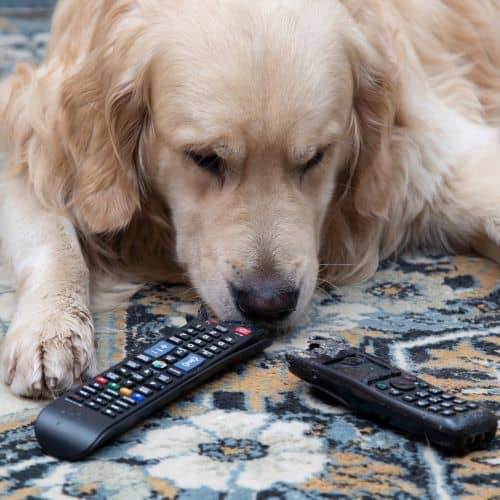
Do frequent safety checks of any toys given to them to make sure that there are no sharp edges or things that they can get caught in. You will also want to check on any unsafe pieces that they might accidentally swallow.
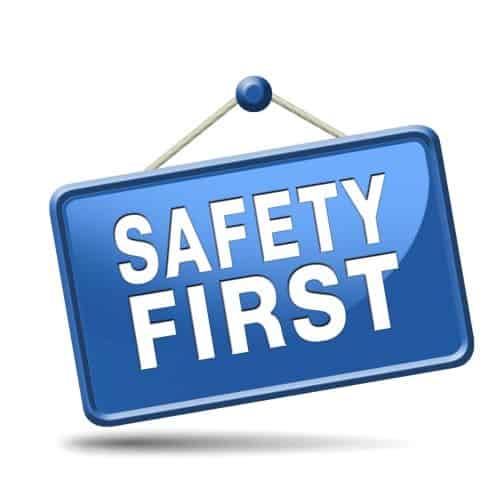
Be aware that your pet may assume that any of the items that you have turned into toys, will always be toys. This means that they may develop an unfortunate habit of tearing any box or bag apart that they can get a hold of. To avoid this, consider pairing a command like “take it” or “get it” so they can tell the difference between items they can play with versus the items that they should leave alone. If the problem is severe, you may have to avoid giving them those items completely.
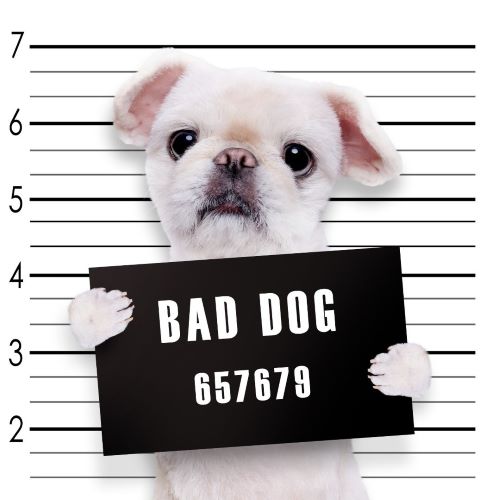
Have fun!
You do not have to spend a lot of money to entertain your dogs and cats at home. Using items that you would normally dispose of or recycle is a great affordable way to make enrichment items at home. This can be a great activity for your whole family! If your pets have excess energy and it is too cold or rainy to take them on a walk, this is a great way to keep them (and your kids if you have them) busy indoors. By creating different types of enrichment, you will have a better idea of what type of store-bought items to invest in. Once you create some DIY enrichment, please share pictures or video of it to Pennies, Places, and Paws Facebook page to inspire others. I would love to see what you come up with!
Pin For Later:
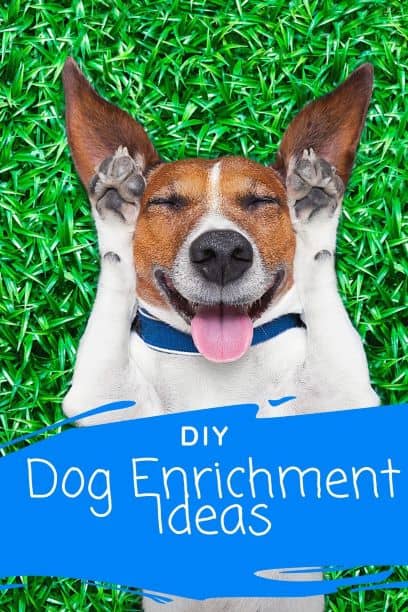
Amazon and the Amazon logo are trademarks of Amazon.com, Inc, or its affiliates.




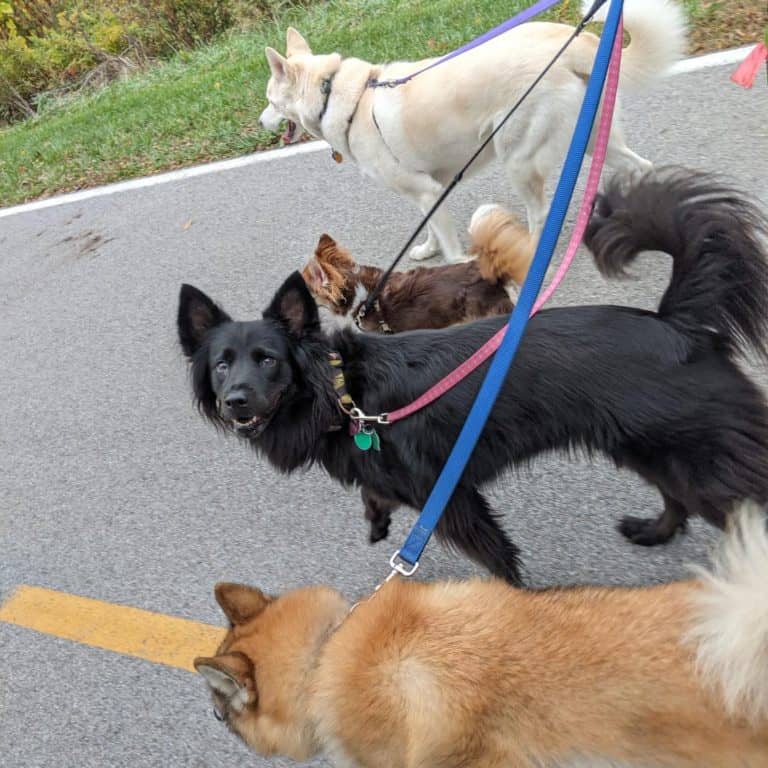
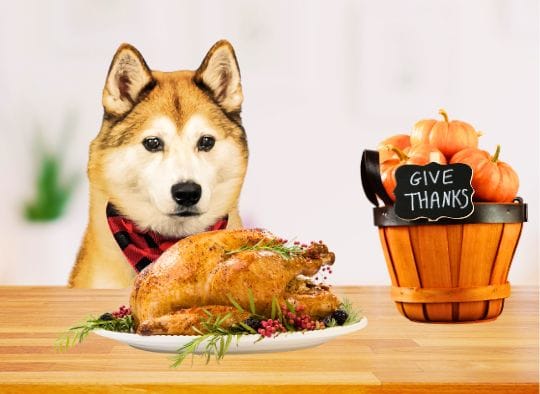
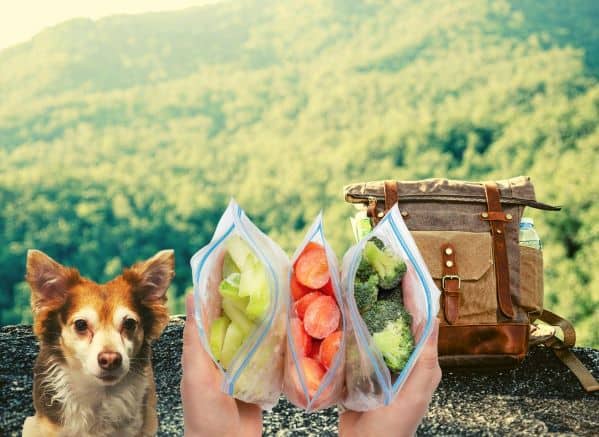
Those are great ideas for keeping a dog busy and out of trouble. My cats have their toys (scattered all over the house and worse than the kids) that keep them busy for the 5 seconds they are awake! LOL
My dogs have endless energy! The boxes are great for getting rid of some of their hyperness.
These are such cool ideas! I would have never thought of reusing some of the packaging
Thank you 🙂
I’m definitely trying some of these for my dogs! Their toys are getting expensive!
I like to give them stuff that doesn’t make me cringe when they destroy it right away! LOL
As I read this, the thought kept crossing my mind as to what prevents the animal from assuming everything is a toy as they tear into whatever for the treats. I was so happy to see that you addressed this concern at the end.
I always like to mention what to watch out for because it is so easy to teach them bad habits by accident.
Loved your dog enrichment posts. I especially loved the super short and cute demonstration videos. Thanks for sharing. Loved it!!
Thank you! I think was my dogs’ favorite post to help with so far!! 😛
My cats always love to play with toilet paper rolls. They like paper towel rolls too.
So much fun batting them around 🙂
Cats and cardboard were always BFFs in our house LOL. Or gift wrap. Those were their favorite toys.
I bet!!! So much fun 🙂
These are some fun ideas! Pups would have lots of fun trying these out!
Thank you!
These are such great ideas! Love the videos you included too. I wish my little guy could have more toys but he’s a bit of a monster 😹
Thanks! One of my first tries with video. Lot’s of times it is easier to show with making things than try to write it out 🙂
These are so fun and so creative! My dog is a wuss with any noises but loves anything that bounces.
I’m a little jealous. I have a dog that loves just making noise with squeaker toys! LOL
These are such good ideas for keeping pets engaged. I know my kids will do so well with a dog, but I have my hands so full with four children I’m just terrified to add another.
I can only imagine! Depending on how old they are, you might be able to make some of these toys for a local rescue and let your kids watch the animals there play with them 🙂 If you have time, of course!
Sadly my dog does not play with toys. Thankfully she loves running around with her doggie friends.
Not all animals play with toys. I’m glad she likes to play with her friends though!
Great ideas here! My cat and my 2 yr old grandson love to play with and in boxes and love to play with empty cardboard tubes. My new dog loves to eat cardboard so he doesn’t get to play with them.
Yeah, when things started getting eaten, its time to take it away…LOL
Fun to enjoy your pictures of pets!
Great Ideas!
My kitty doesn’t seem to want to play anymore. She is 16 years old and slowing down. Good post.
Personally, my fav enrichment is nap time 🙂
I never thought of scent enrichments. Are there any herbs that you’ve found your dog is particularly drawn to?
One of our dogs really like cinnamon!
Great ideas! Going to try some of them with our pet. Thank you.
Let me know how it goes!
These are excellent ideas! I have cats and they are easily entertained. lol
Thank you!
I love that you have videos to show exactly how it would “play” out (no pun intended)!
LOL, I am such a visual person. I figured it would be way better to show than try to explain 🙂 Glad you liked it!
Great ideas!